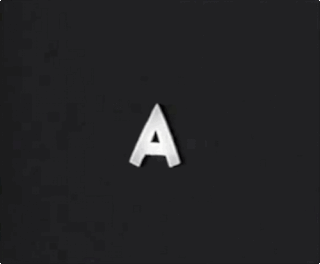
A Movie is a 1958 experimental collage film by American artist Bruce Conner. It combines pieces of found footage taken from various sources such as newsreels, soft-core pornography, and B movies, all set to a score featuring Ottorino Respighi's Pines of Rome.
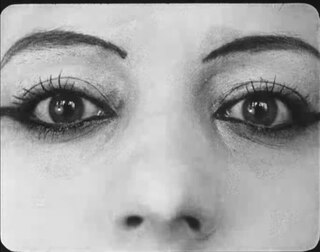
Experimental film or avant-garde cinema is a mode of filmmaking that rigorously re-evaluates cinematic conventions and explores non-narrative forms or alternatives to traditional narratives or methods of working. Many experimental films, particularly early ones, relate to arts in other disciplines: painting, dance, literature and poetry, or arise from research and development of new technical resources.

Ralph Steiner was an American photographer, pioneer documentarian and a key figure among avant-garde filmmakers in the 1930s.
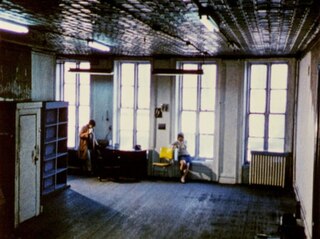
Wavelength is a 1967 experimental film by Canadian artist Michael Snow. Considered a landmark of avant-garde cinema, it was filmed over one week in December 1966 and edited in 1967, and is an example of what film theorist P. Adams Sitney describes as "structural film", calling Snow "the dean of structural filmmakers."
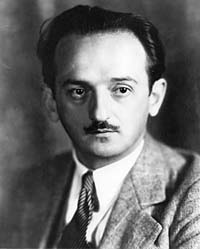
Slavoljub "Slavko" Vorkapić, known in English as Slavko Vorkapich, was a Serbian-born Hollywood montagist, an independent cinematic artist, chair of USC School of Cinematic Arts, chair of the Belgrade Film and Theatre Academy, painter, and illustrator. He was a prominent figure of modern cinematography and motion picture film art during the early and mid-20th century and was a cinema theorist and lecturer.
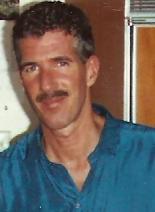
Warren Sonbert was an American experimental filmmaker whose work of nearly three decades began in New York in the mid-1960s, and continued in San Francisco throughout the second half of his life. Known for the exuberant imagery of films such as Carriage Trade and especially for their intricate and innovative editing, he has been described as "the supreme Romantic diarist of the cinema" as well as "both a probing and playful artist and a keen intellect reveling in the interplay between all the creative arts."
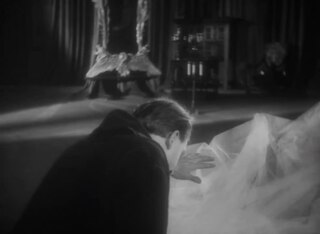
French impressionist cinema refers to a group of French films and filmmakers of the 1920s.

Nathaniel Dorsky is an American experimental filmmaker and film editor. His film career began during the New American Cinema movement of the 1960s, when he met his partner Jerome Hiler. He won an Emmy Award in 1967 for his work on the film Gaugin in Tahiti: Search for Paradise.
Cosmic Ray is a 1962 American experimental short film directed by Bruce Conner. With both found footage and original material, it features images of countdown leader, a nude woman dancing, a Mickey Mouse cartoon, and military exercises. It is soundtracked by a performance of Ray Charles's "What'd I Say" and has been recognized by some critics as one of the first music videos.
Hours for Jerome (1980–82) is an American silent experimental film in two parts directed by Nathaniel Dorsky recording the daily events of Dorsky and his partner, artist Jerome Hiler, around Lake Owassa in New Jersey and in Manhattan. The two films revolve around the four seasons with Part 1 revolving around spring through summer while part 2 revolves around fall through winter. According to Dorsky, he states that the film "is an arrangement of images, energies, and illuminations from daily life" and a "silent tone poem".
Schwechater is a 1958 experimental short film by Austrian filmmaker Peter Kubelka. It is the second entry in his trilogy of metrical films, between Adebar and Arnulf Rainer.
Walden, originally titled Diaries, Notes and Sketches , is a 1968 American film by experimental filmmaker Jonas Mekas. After several years of filming everyday scenes from his life, Mekas was commissioned by the Albright–Knox Art Gallery to make Walden. It was his first major diary film, and he named it after Henry David Thoreau's 1854 memoir Walden. Mekas's film has received acclaim as a work of avant-garde cinema.

Jerome Hiler is an American experimental filmmaker, painter, and stained glass artist. Having started in New York during the New American Cinema movement, Hiler and his partner Nathaniel Dorsky moved in 1971 to San Francisco, where for many years his work was shown in the context of private salon screenings. He began to publicly screen his films in the late 1990s, releasing new films regularly since 2010. Hiler's work makes use of vivid colors, musical rhythms or structures, and layered superimpositions edited in camera.
Variations is a 1998 American short silent avant-garde film directed by Nathaniel Dorsky. It is the second film in a set of "Four Cinematic Songs", which also includes Triste, Arbor Vitae, and Love's Refrain.
Side/Walk/Shuttle is a 1991 American avant-garde film directed by Ernie Gehr. It shows downtown San Francisco as seen at different angles from a moving elevator.
The Arboretum Cycle is a seven-part film cycle by American experimental filmmaker Nathaniel Dorsky. The films—Elohim, Abaton, Coda, Ode, September, Monody, and Epilogue—were shot in 2017 at the Strybing Arboretum in San Francisco. Dorsky made the series to capture the interaction between light and plants in the garden.
Music Makes a City is a 2010 American documentary film directed by Owsley Brown III and Jerome Hiler. It examines the history of the Louisville Orchestra.
Alaya is a 1987 American avant-garde short film directed by Nathaniel Dorsky. It shows sand filmed in different ways.
17 Reasons Why is a 1987 American avant-garde short film directed by Nathaniel Dorsky. Working with a collection of secondhand portable cameras, Dorsky used the unslit 8 mm footage to create a split screen with four quadrants. Normally screened on 16 mm film at 16 frames per second, it is one of his only works to have been shown as a digital transfer.
Pneuma is a 1983 American avant-garde short film directed by Nathaniel Dorsky. It captures grain patterns from unexposed film stocks.









